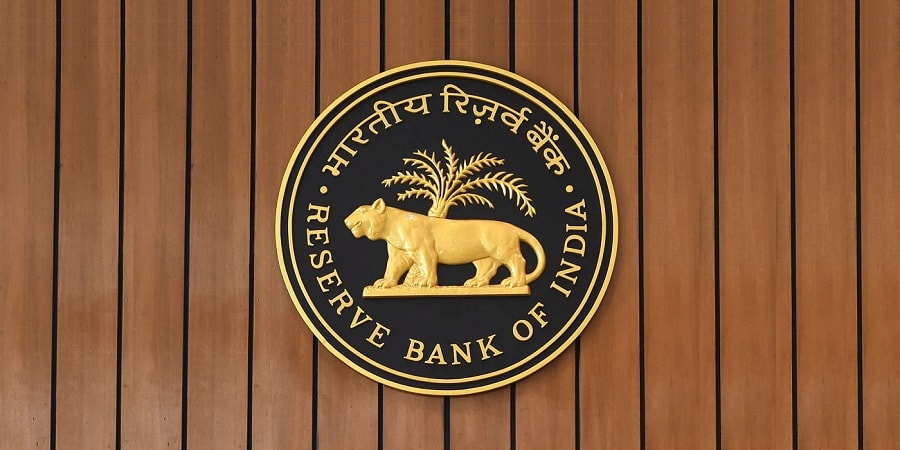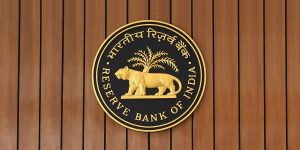Join Our Telegram channel to stay up to date on breaking news coverage
The reserve Bank of India (RBI) has announced its plans to launch a central bank digital currency (CBDC). In a 51-page note released on October 7, the bank looked into the primary motivations behind issuing an Indian CBDC.
Reserve Bank of India outlines CBDC plans
The document summarizes the key motivations behind issuing a CBDC in India. It highlights safety, trust, liquidity, integrity, and settlement finality as some of the key features behind a sovereign digital currency.
One of the key motivations behind issuing a CBDC in India is to lower the operational costs of managing physical cash within the country. The RBI has also outlined other factors like boosting resilience and efficiency and supporting innovation in the payments system.
A CBDC would also streamline cross-border payments and settlements in remote areas that do not have stable electricity connections or access to mobile network. While the RBI shows notable interest in CBDCs, the institution is still skeptical about private digital currencies, saying they pose a danger to Indian consumers because of market volatility.
The RBI has also mentioned concerns about the proliferation of crypto assets, saying they will diminish the bank’s ability to regulate the monetary policy and system. The central bank sees these factors as a threat to India’s financial stability.
A digital rupee has been promoted to have the same benefits as public cryptocurrencies while ensuring consumer protection and avoiding social and economic consequences.
The RBI has also pointed to the differences between retail and wholesale CBDCs, with a retail CBDC serving the public sector while a wholesale CBDC serves financial institutions. According to the RBI, there could be merit in introducing the two types of CBDCs in the Indian market.
The bank further noted that retailers could prefer a token-based CBDC because of its similar nature to physical cash. On the other hand, the issuance of account-based CBDCs would benefit wholesale users.
CBDC will rely on blockchain technology
The document has also touched on the potential technology that will be used to create the digital rupee. It highlighted centrally controlled databases and distributed ledger technologies as the options under consideration.
“While crystallizing the design choices in the initial stages, the technological considerations may be kept flexible and open-ended in order to incorporate the changing needs based on the evolution of the technological aspects of CBDCs,” the note added.
The node has also mentioned the role that physical currencies play in providing anonymity, finality, and universality. Therefore, according to the RBI, it would be best that a retail CBDC have anonymity for small-value transactions, just like physical cash.
Related
- SWIFT explores the advantages of a global CBDC network
- Ripple adviser: New CBDC announcements are about to come
- CBDC is crucial for financial stability – European Central Bank
Join Our Telegram channel to stay up to date on breaking news coverage


